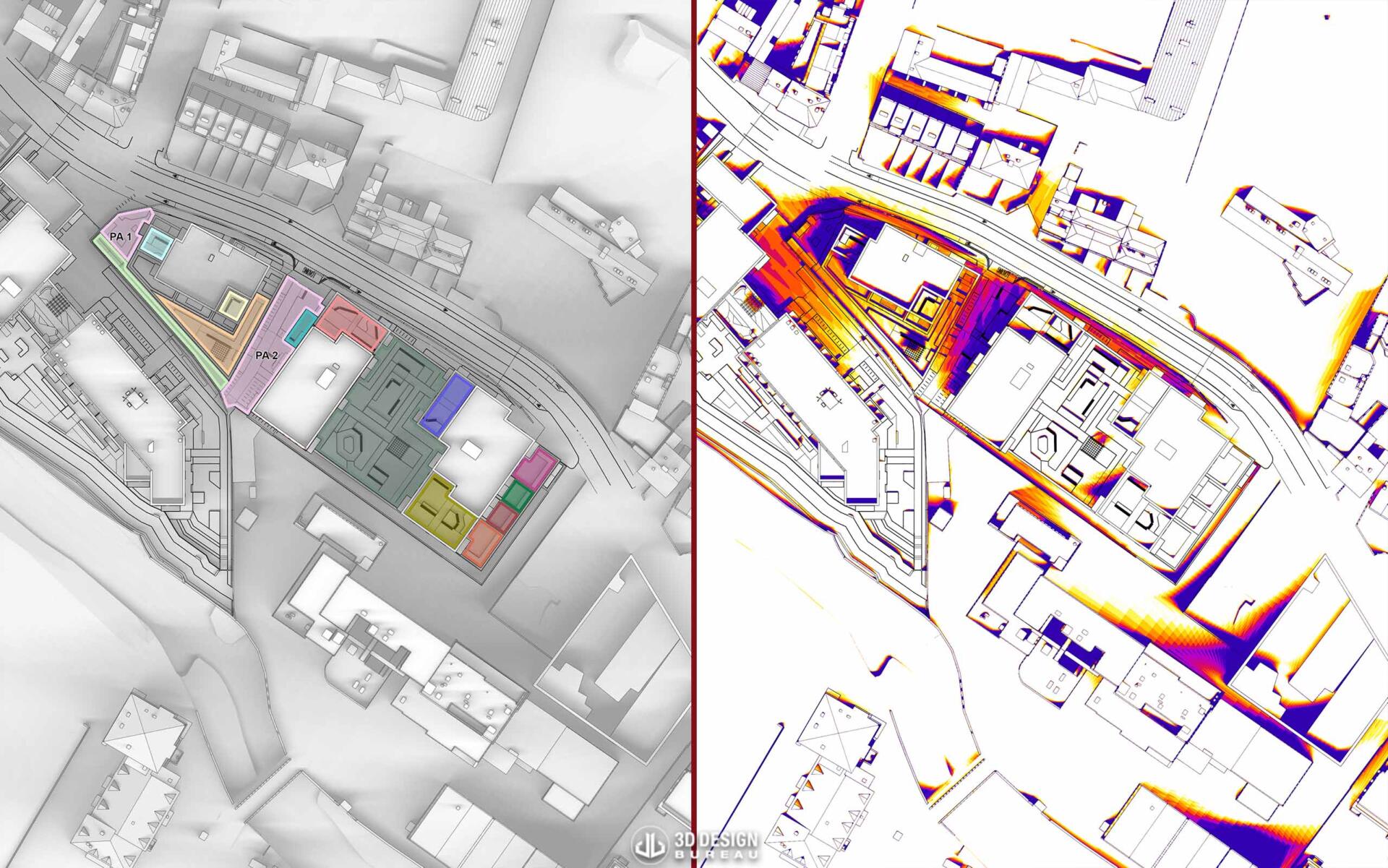In an era exactly where sustainable building methods and occupant wellbeing have reached the cutting edge of architectural design and style, the role regarding daylight surveyors provides become increasingly crucial. These professionals focus on measuring and assessing natural light within various environments, guaranteeing that buildings not merely meet aesthetic and even functional needs but additionally enhance energy efficiency and overall standard of living. As cities increase denser and metropolitan developments rise, the significance of effective daylight surveys cannot be overstated. They give insights that will shape the method we think concerning light, space, and energy consumption within our built environment.
Daylight surveyors navigate a complex landscape, utilizing advanced tools and techniques to analyze how daylight interacts with structures. Their work impact on design choices, affects planning permissions, and even ensures compliance with regulations that govern daylight access. By residential homes to commercial spaces, their very own assessments are crucial in maximizing natural light, stopping overshadowing, and cultivating healthier indoor environments. In this post, we are going to delve directly into the great number of advantages that daylight research offer, and the reason why they are essential for both new innovations and renovations as well.
The Benefits regarding Daylight Surveys inside Building Design
Daylight studies play an essential function in contemporary building design purchasing a new of which spaces receive adequate natural light, which is essential for developing comfortable and useful environments. By studying how light goes in a building throughout the year, daylight surveyors can give valuable insights that will influence floor plans, window placements, and even materials used throughout construction. Not only does this enhances the aesthetic appeal of a building but in addition contributes to vitality savings by reducing the advantages of artificial light in the daytime.
Incorporating daylight online surveys in to the design method contributes to significant improvements in energy productivity. Sun light helps in order to lower energy consumption since buildings along with optimized daylighting need less reliance about electric lighting. This specific is particularly necessary for commercial spaces wherever lighting costs could be substantial. By taking on the findings from daylight surveys, can be and designers can create sustainable buildings of which align with vitality regulation standards and contribute to decrease operational costs over time.
Additionally, daylight studies positively impact resident wellbeing by bettering mental health insurance and output. Numerous studies have demonstrated that access to natural light boosts mood, encourages alertness, and fosters a new sense of connection to the outdoors. In residential and business settings, this converts to happier, more healthy occupants who expertise reduced stress in addition to increased satisfaction together with their environments. Integrating Daylight Assessment Ireland from daylight surveys can therefore create spaces that are not only visually interesting but also supporting with the overall well-being of the people who inhabit them.
Daylight Research and Energy Performance
Sunlight surveys play the crucial role within enhancing energy performance within buildings simply by maximizing using organic light. By assessing how sunlight gets into a space, these types of surveys help can be and designers make layouts that decrease reliance on synthetic lighting. This not necessarily only reduces strength consumption but furthermore lowers electricity fees for building residents. The strategic location of windows and the selection of materials can significantly effects the amount daylight penetrates a building, primary to more sustainable design solutions.
Implementing daytime surveys during the style phase allows for far better energy management during the lifecycle of a building. With precise measurements of daytime availability, designers could integrate features such as skylights or gentle tubes, further enhancing natural illumination. This kind of designs can guide to reduced requirement for heating and even cooling, as sun rays can give rise to heating indoor spaces during colder months. The particular result is the more comfortable indoor environment that helps energy-saving initiatives.
Moreover, daytime surveys lead to accomplishing green building certifications, which often prioritize energy efficiency. By demonstrating compliance along with daylight and sun rays standards, buildings may qualify for programs for example LEED and BREEAM. This not really only improves the particular marketability of some sort of property but likewise encourages developers to be able to embrace more sustainable practices. Ultimately, daylight surveys serve as a new vital tool to promote energy-efficient design in the new constructions and renovations.
The Part of Daylight Surveyors in Urban Preparing
Daylight surveyors play an important role in city planning by ensuring that natural lighting is effectively built-in into building models and city styles. Their expertise helps identify how various structures will interact with sunlight, making it possible to improve light access inside residential, commercial, and even public spaces. Simply by assessing the prospective for daylight penetration, surveyors can guideline planners and designers in creating environments that promote aesthetic comfort and energy efficiency.
In high-density urban areas, where buildings generally compete for limited daylight, daylight surveyors assess shadow affects and advise in design strategies of which reduce overshadowing. This particular is particularly significant for maintaining the caliber of life for passengers in both present and new developments. By providing detailed evaluation and recommendations, daytime surveyors help mitigate adverse effects on around properties, ensuring that will urban spaces stay vibrant and livable.
Moreover, integrating daylight studies into the planning process aligns with sustainable development goals. Surveyors can evaluate how natural gentle influences energy ingestion and indoor air flow quality, promoting patterns that reduce dependence on artificial lights and enhance occupant wellbeing. Their contributions are essential for producing holistic urban conditions that balance appearances, functionality, and environmental sustainability.

